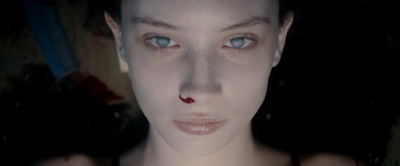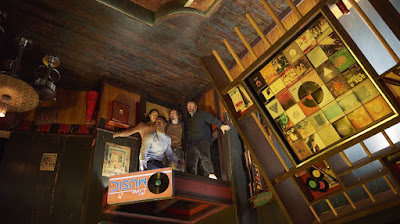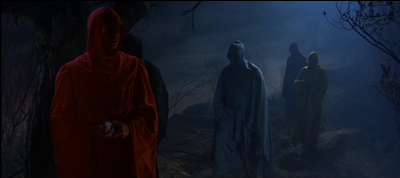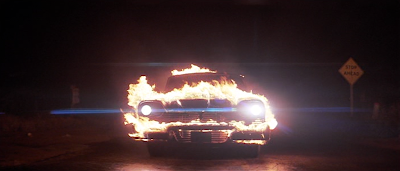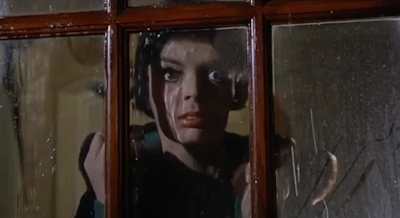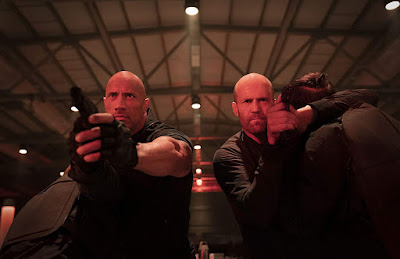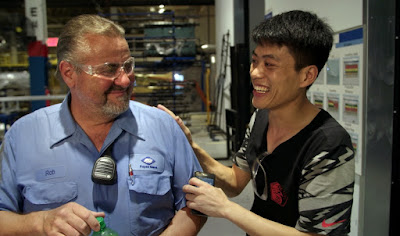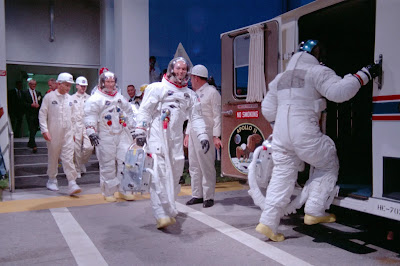"Our wills and fates do so contrary run" -- William Shakespeare, Hamlet
There's a philosophical problem buried in the second half of Terminator: Dark Fate (2019, directed by Tim Miller) that's new to the series. The Terminator films have always dealt in metaphysics, questioning whether the universe is deterministic or whether it can be affected by free will. This is the dichotomy between the first film in the series and the second. The films since then have mostly tried to have it both ways because if the end of Terminator 2 holds sway, there can't be any more Terminator films going forward. There's too much money at stake for that to derail future films, so these questions mostly get addressed in ways that permit the new films to take place at all, without too much thought about the original dialectic. The new film is mostly unnecessary, as all of the subsequent Terminator films have been unnecessary, except for a brief moment when it veers away from the series' metaphysical dilemma into the realm of epistemology. It asks: "What is the purpose of a killing machine once it has fulfilled its mission?" Then it asks a similar question. "What is the purpose of a mother of the future when that future no longer exists?" It also touches briefly on what it means to be a human being once a trans-human singularity drastically changes the physical bounds of what human beings actually are. It even interrogates, however briefly, the function and moral worth of work in a world where humans are not actually needed to perform that work. All of these questions have been lurking in the underlying structures of the Terminator movies, but this one brings all of them to the surface. It does not, however, dwell too long on them because there's stuff it needs to blow up real good.

